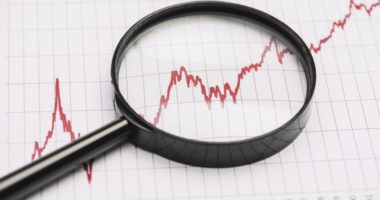A put-call ratio (PCR) is a metric commonly used to determine the sentiment (mood) of the options market.
Generally, traders use PCR as a contrarian indicator, highlighting the phase when values touch peak levels.
In simple terms, a put, or a put option, provides an investor with a right to sell any asset at a fixed price, which is pre-determined. A call, or a call option, provides an investor with the right to purchase any asset at a price that is determined well in advance.
In both scenarios, an investor is not obligated to conduct either activity on a pre-determined date.
In case traders purchase more puts with respect to calls, bearish sentiment is said to prevail in the market. However, in a scenario where traders and investors purchase more calls instead of puts, the prevailing market is called bullish.
This way, the Nifty-centric PCR provides investors with a fairly decent outlook of the various trends in the market.
The PCR is determined either based on options trading volumes or options contracts on a specific day or timeframe. Dividing open interest (OI) in a put contract on a particular day by open call interest on that same day provides the calculation of PCR.
Based on the options trading volume, PCR is computed by dividing the put trading volume by the call trading volume on a specific day. Similarly, another way to calculate PCR is undertaken by dividing the amount of traded put options by the amount of traded call options.
A PCR of less than one highlights that traders are buying more call options as compared to put options. It underscores that many market participants are betting on a possible bullish trend going forward.
On the other hand, if the PCR is more than one, it denotes that traders are buying more puts than calls.

Rajiv is an independent editorial consultant for the last decade. Prior to this, he worked as a full-time journalist associated with various prominent print media houses. In his spare time, he loves to paint on canvas.





